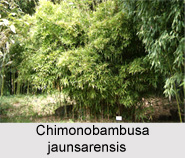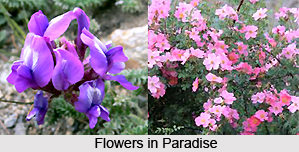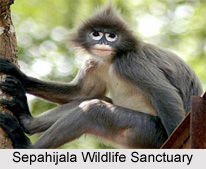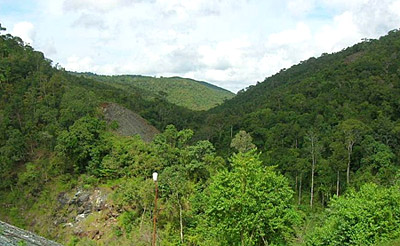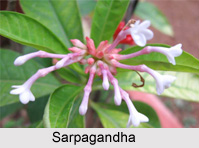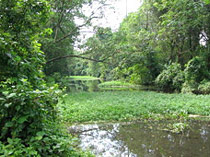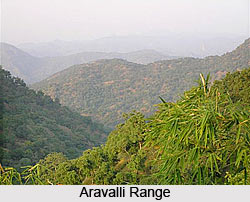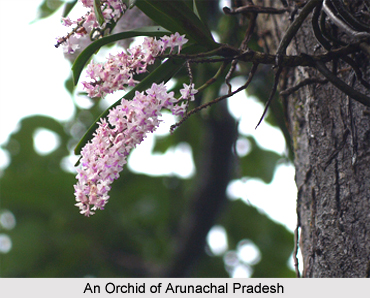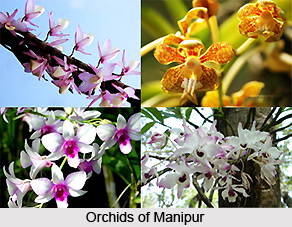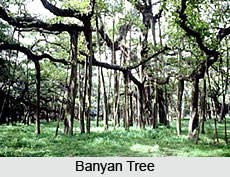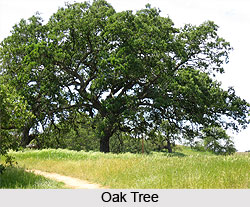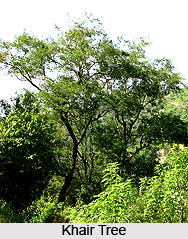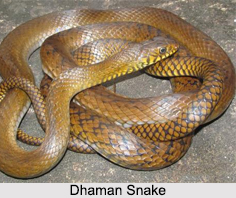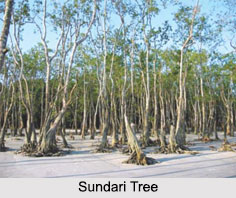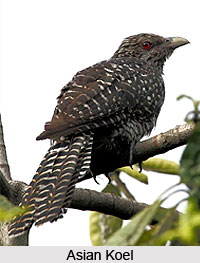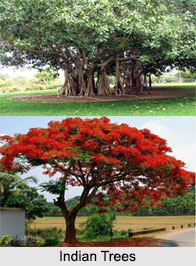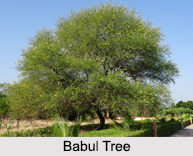 The state of Maharashtra is situated in the western part of India. The geographical terrain of this state is characterized by rivers, palm-fringed beaches, islands and mountains. The natural beauty of Maharashtra, along with world heritage sites, temples, cosmopolitan cities, etc draw tourists to this state. Maharashtra also has wildlife sanctuaries, which provide protection to the flora and fauna in the state.
The state of Maharashtra is situated in the western part of India. The geographical terrain of this state is characterized by rivers, palm-fringed beaches, islands and mountains. The natural beauty of Maharashtra, along with world heritage sites, temples, cosmopolitan cities, etc draw tourists to this state. Maharashtra also has wildlife sanctuaries, which provide protection to the flora and fauna in the state.
Radhanagari Wildlife Sanctuary
Radhanagari Wildlife Sanctuary is located in Radhanagari Taluka of Kolhapur district. It has the distinction of being the first declared wildlife sanctuary in Maharashtra and was notified in 1958 as Dajipur Wildlife Sanctuary. It occupies an area of about 351.16 square kilometers. This sanctuary is occupied by tropical evergreen forests, plants, shrubs, bamboos, sacred groves, birds, etc.
Koyna Wildlife Sanctuary
Koyna Wildlife Sanctuary is located in Satara district. It was established in the year 1985 and is spread over an area of about 423.55 square kilometers. Some of the occupants of this sanctuary are North Western Ghats montane rain forests, North Western Ghats moist deciduous forests, Bengal tigers, Indian leopards, Indian bison, long-tailed nightjar, Indian pythons, etc.
Sagareshwar Wildlife Sanctuary
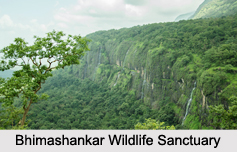 Sagareshwar Wildlife Sanctuary is located at the meeting of three Tehsils of Sangli district namely, Kadegaon, Walva and Palus. This manmade sanctuary is forested, with grassy hill slopes. Some of the inmates of this sanctuary are southern dry mixed deciduous forest, southern thorn forest, plants, wild boar, peacocks, hyena, etc.
Sagareshwar Wildlife Sanctuary is located at the meeting of three Tehsils of Sangli district namely, Kadegaon, Walva and Palus. This manmade sanctuary is forested, with grassy hill slopes. Some of the inmates of this sanctuary are southern dry mixed deciduous forest, southern thorn forest, plants, wild boar, peacocks, hyena, etc.
Mayureshwar Wildlife Sanctuary
Mayureshwar Wildlife Sanctuary is located in Tehsil Baramati in Pune district. It was established in August, 1997 and is spread over an area of about 5.14 square kilometers. Dry deciduous scrub forest, Indian roller, black-winged kite, grey hornbill, Indian gazelle, etc comprise the occupants of this sanctuary.
Bor Wildlife Sanctuary
Bor Wildlife Sanctuary is located near Hingani in Wardha district. It is spread over an area of about 121.1 square kilometers. This zone occupies about 115.92 square kilometers. It comprises of South Deccan Plateau dry deciduous forests, herbs, Bengal tiger, Indian leopard, Indian bison, blue bull, etc.
Phansad Wildlife Sanctuary
Phansad Wildlife Sanctuary is situated in the Murud and Roha talukas of Raigad district. It was established in 1986 in order to preserve some of the coastal woodland ecosystem of the Western Ghats. Pockets of open grassland called mals occur throughout the sanctuary, along with forest and wetlands. Indian giant squirrel, muntjac, hyena, leopard, etc comprise the fauna of this sanctuary.
Other Wildlife Sanctuaries of Maharashtra
Some of the other Wildlife Sanctuaries of Maharashtra are Bhimashankar Wildlife Sanctuary, Umred Karhandla Wildlife Sanctuary and Yawal Wildlife Sanctuary.
